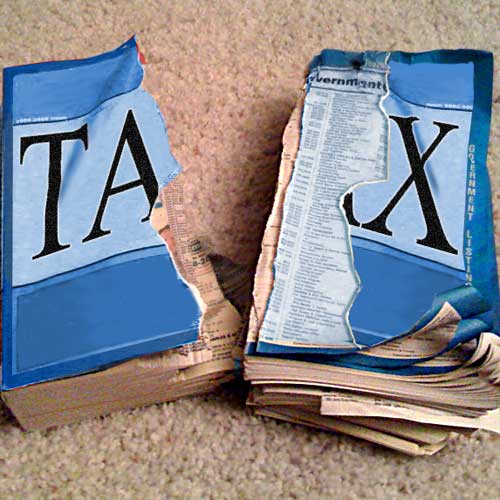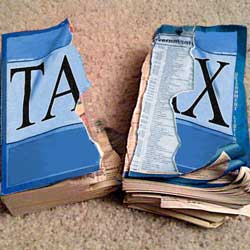Off-rayroll working rules, otherwise known as IR35 have been tightened ever more with every revision since their introduction.
The last round of changes saw the onus to make sure the correct tax status is applied, and tax paid, shift to the organisation hiring a contractor for their services.
The Government put out a press release stating that these changes had raised an additional £550 million from taxes collected in the first twelve months of the implementation.
However, this applied to public sector organisations only.
Last year, the government consulted on bringing these same rules over to private sector organisations. The consultation paperwork stated that the government believes 90 percent of contractors are 'really employees' and should be taxed as employees of the organisations they are contracted with.
So, as is now shown in the Finance Bill, from April 2020 the same rules will apply to private sector organisations (medium and large). These changes are hoped to bring in over £1.1 billion extra in tax from contractors in 2020 alone - with the government stating that there should be no significant macro fallout.
The move essentially makes the engager (the organisation doing the hiring) assess the status of the worker for tax purposes.
The new changes impact when the worker is being provided through a PSC, public service company.
Normally a person would set up a Limited Company, and then work under that company's legal status and bill/invoice the organisation requiring the work. The tests for IR35 would check whether that worker is 'actually an employee' for the organisation. If they are caught by the IR35 rules then that worker would be required to pay the missing taxes compared to if they were an employee.
Now, under the new rules, these tests would occur before the hiring, and the hiring organisation would do the checks. If caught 'inside IR35', the worker's limited company would still receive payment but after deductions had been made for income tax, national insurance and the organisation would also have to pay employers' national insurance.
Here is a basic example:
Sam works as a contractor. Let's say Sam is likely to be caught by IR35. Currently Sam is contracted by Big Business Ltd for some work. The work contract pays £100 a day. Sam's PSC (personal service company) bills Big Business Ltd £100 a day. It receives it as sales turnover and can now deduct business expenses and then distribute profits in a tax-efficient manner for Sam.
Under the new changes, Big Business Ltd could deem Sam to be inside IR35 and therefore pay the £100 bill from Sam's PSC only after first deducting £40 for income tax and class one national insurance both employee and employers. Big Business Ltd would calculate taxes on a taxable amount based on 'direct allowable expenses' and a tax code that could be for the full personal allowance or BR/0T. Sam's PSC receives £60. His PSC records £100 turnover with £40 'staffing costs'. Sam has £60 from which to deduct any other PSC expenses and then distribute profits from the remainder in a tax-efficient manner for Sam. Sam's PSC does not have to pay income tax, NIC, corporation taxes or dividend taxes on the income it receives from Big Business Ltd as the tax was already paid.
In essence, Big Business Ltd would be treating the PSC, a limited company set up by Sam, as a natural employed person for tax purposes.
If Sam was not caught by IR35 rules and would be deemed self-employed by the rules, even with his PSC he would feel no change to his earnings. His PSC would receive the £100 a day as usual and it would then distribute profits after costs. 230,000 PSCs are estimated to be unaffected by the changes.
However, 60,000 medium and large sized organisations will have contractors affected by the changes, as well as 20,000 agencies that will also be entangled.
We have added a new IR35 calculator to help see the differences between contracting income through a personal service company.



